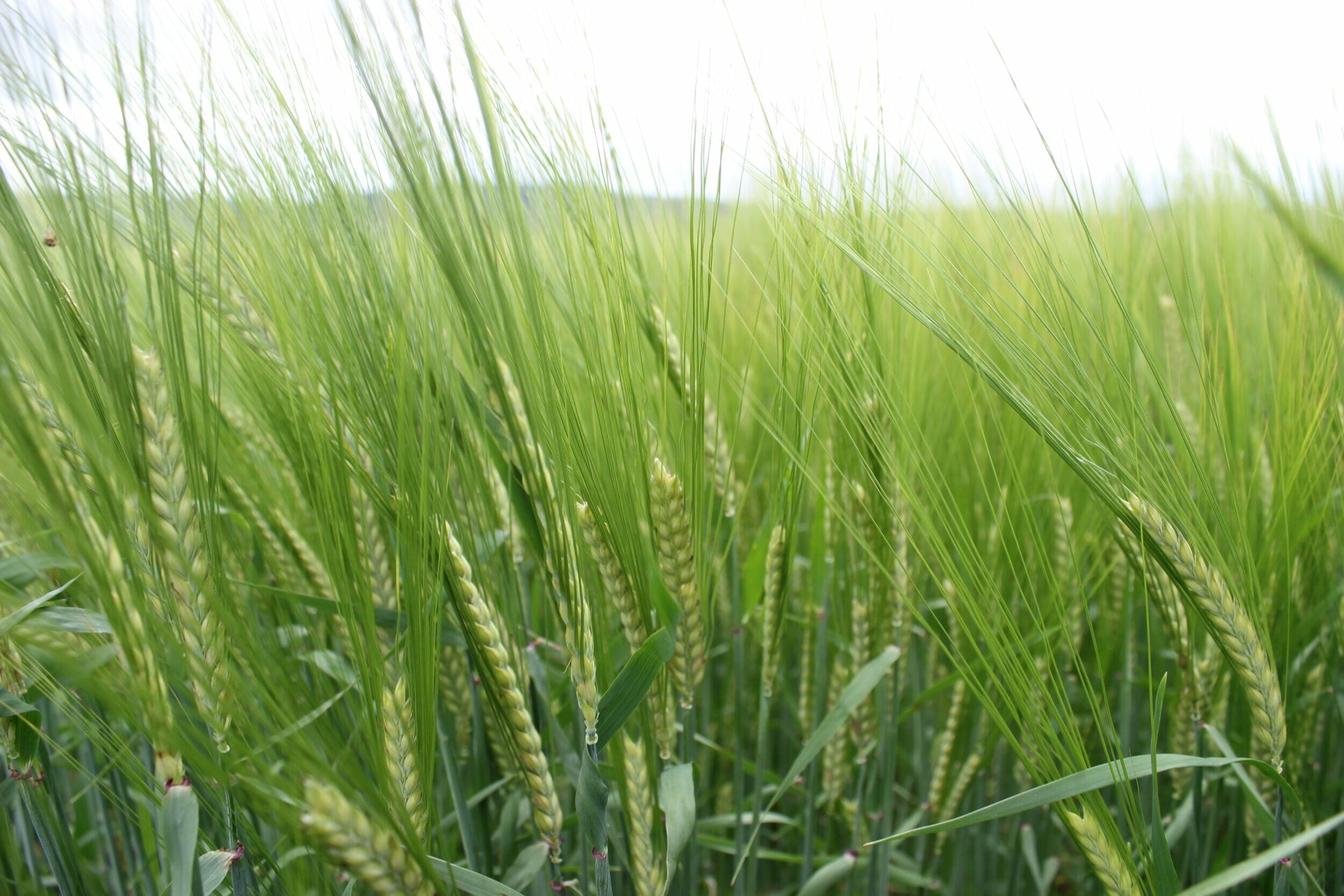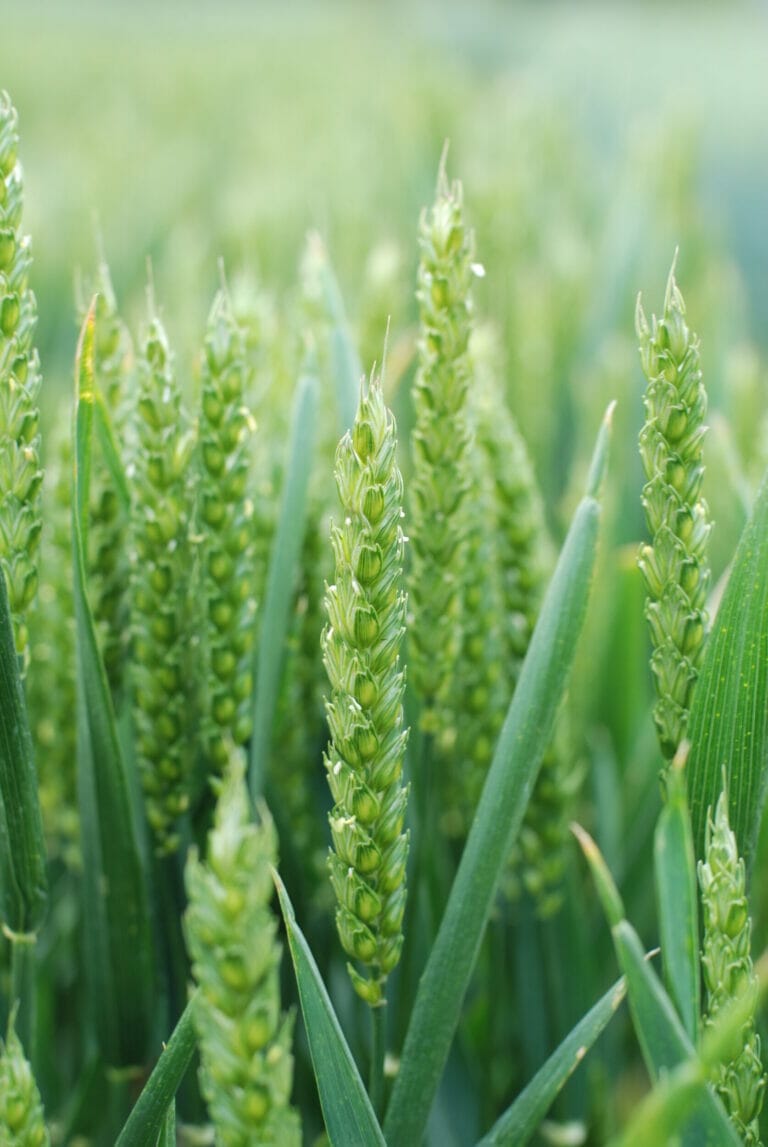
Eddie Douglas
In fact in its journey through the processing plant from the lorry through to its metamorphosis into malt, each barley grain travels almost the same distance as the height of Mount Snowdon (1,085m).
Just through the processing section of its journey that single barley grain travels a distance equivalent to climbing The Shard!
Eddie Douglas, commercial director of Bairds Malt, takes us on the journey the grain has to travel to convert it into to high quality malt, fit for brewing or distilling requirements.
Malting barley is typically ready for harvesting in Scotland in late August through to the end of September with a natural moisture percentage in the range of 17-22% off the combine, he explains.
“This is a very busy period for the Scottish malting barley industry, growers, hauliers and malting barley intakes, all pull together to secure the valuable harvested crop over this 6 week period.
“Once it is drawn forward for processing, the barley is graded, with grains that are too small, sent off for animal feed.”
“The primary job post intake, is to dry the newly harvested malting barley down to 12% moisture from the natural 17-22% range, to ensure it is fit for safe long-term storage.”

Barley Dryers
“This allows us to capture the important raw material for the following calendar year’s malt deliveries to brewers and distillers,” explains Eddie, adding that dormancy levels can vary after drying, depending on the weather and growing conditions the crop has been subjected to.
“We find that after a wet harvest, there are longer dormancy levels, which can affect the ability of the crop to germinate.”
“Once the grain starts to germinate, which can be seen as it starts to chit, it is placed in the germination chamber, which is part of a tower system with a direct gravity feed. The barley typically spends four days in a humid, temperature controlled atmosphere,” explains Mr Douglas.
“The embryo then becomes metabolically active and starts to produce the enzymes that will break down the starch endosperm which is so important for the brewers.”
“For the next part of the journey, the barley is transferred 100 metres by augur conveyor to the kiln, where it is held at temperatures of 70-75°C and dried back down to 4-4.5% moisture, which is a 24-48 hour process.”

Germination Chamber
Within the next three weeks the barley will be delivered to the brewer or distiller, from where its journey diverges according to its final destination, he says.
“If the barley is going to be brewed, it will be taken in a 28t bulk tanker to the mill to crack the kernel, releasing the starch and converting it to sugar.”
“The milled, malted grain will then be mixed with water and hops, and yeast will be added to start the fermentation process that provides 5-7% alcohol.”
When brewed into craft beers, it can be on the supermarket shelf within six to eight weeks. However, for distillers, the process takes an average of eight to ten years.”
“Journeys vary enormously; the nearest supermarket can be as close as just five miles away, whereas some of the specialist distilling malts from Scotland can be shipped as far as Thailand, Japan and North America.”
Baird’s Malt, one the first Maltsters in Scotland to produce roasted malts, have facilities in Pencaitland, Arbroath, Inverness, and further south in England. Within 50 miles of each of these malthouses, the company has a nucleus of specialist malting barley growers -meaning the grain travels minimal road miles for the first stage in the process.
Back in 2018, LG Diablo was one of the newer varieties that stood out in Bairds’ annual private evaluation trials in Carnoustie and Inverness which monitored different sowing dates and tested the robustness of the variety grains.
Last autumn, LG Diablo was given Full Approval for brewing use, by the Malting Barley Committee (MBC). This follows on from its Full Approval last year, for malt distilling.
LG Diablo is now the highest yielding spring barley variety, with Full Approval for both brewing and malt distilling, on the 2021/22 AHDB Recommended List.
“We initially grew 300t as a new variety. We malted it and offered it to the distillers for appraisal and feedback, and subsequently in 2019, increased this to 5,000t,” explains Mr Douglas.
“Although LG Diablo already had Approval for distilling use for the past few years, it has only recently received Full Approval for brewing use.
“We have found LG Diablo to produce higher yields compared with its rivals, along with a bold kernel size, promoted by the slightly later maturity of the crop.
“One of the advantages of being a later maturing variety, is that it helps to spread the workload on farm, over an intense harvest period.”
From the loading intake to grading: 300m – similar to the height of the Eiffel Tower
From grader to dryer: 50m – almost half the length of a football pitch
From dryer to short-term storage: 45m – after touching the halfway line, this is almost the whole way back to the goal posts
↓
From short-term storage to steeping area: 60m – equivalent to an indoor championship event sprint. The fastest male runner is Christian Coleman, who ran it in 6.34 seconds (World Athletics)
Up to the top of the processing silo and into the steeping vessel: 70m
Down into one of the germination floors: 25-45m
↓
Travel to kiln: 60m – championship sprint again! The fastest female time is Irina Privalova, who ran it in 6.92 seconds (World Athletics)
Long term storage: 150m – one and a half lengths of a rugby pitch
Loading bay: 70m – almost the world record discus throw, set by Jürgen Schult, who reached 74.08 metres

































